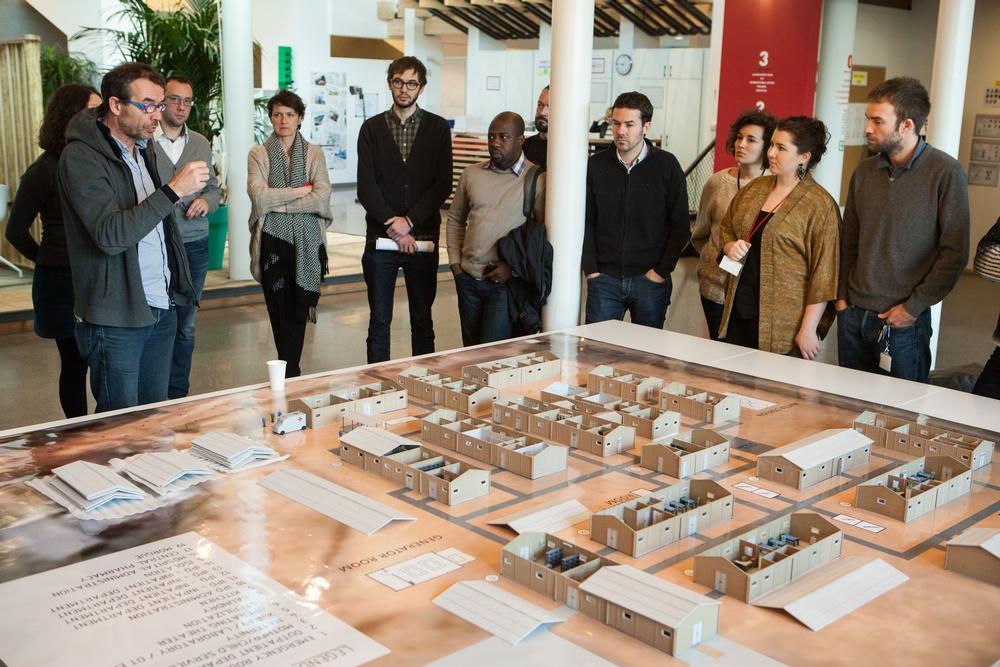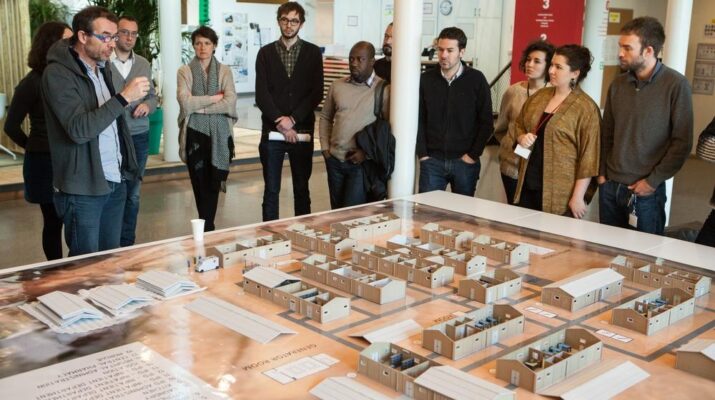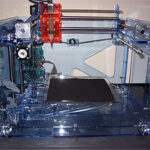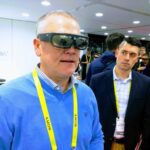

Most of the world knows the French organization that we call Doctors Without Borders as Médecins Sans Frontières, or just MSF. But whatever you call it, MSF is one of the most prolific and important charitable medical aid groups in the world and regularly ventures into dangerous situations simply to give those in need the medical care that they deserve. In 2015 alone more than 30,000 doctors, nurses, water and sanitation engineers, and logistical experts donated their time in more than 70 countries. All of these medical professionals volunteer to help people all over the planet, often at great risk to their own lives.
Part of what makes MSF such a successful organization is their ability to make every cent that is donated count, and their ability to be ready to adapt to new situations as needed. To make that easier for their volunteers, MSF has successfully tested a way to use 3D printing and virtual reality technology to create new hospitals that better meet the needs of both the patients and the staff that runs it.
MSF technical team leader Elvina Motard worked closely with a team that took the plans for a hospital that was built by MSF in the Philippines, following the devastation caused by Typhoon Haiyan in 2013, and turned them into 3D models. The models were then 3D printed, and used to create a virtual reality experience using a powerful video game engine that can be experienced using a VR headset. Anyone wearing the VR headset can then navigate through the digital representation of the hospital using a simple game pad.
“Such technologies will undoubtedly make discussions more efficient, more vivid and more graphic. They will allow people to really see themselves inside our future hospital and this will improve hospital design as well as training and briefings. It will also allow our partners, like local ministries of health, to better understand what we can provide and better feedback on our suggestions,” explained MSF’s director of logistics Jean Pletinckx.

Typically, when MSF goes to war zones, disaster areas or very remote locations to build a new medical facility, their logistics team uses 2D drawings to plan out the new hospital. However this new method of hospital planning includes creating 3D printed replicas of the hospitals and using VR tech to navigate through it. This method will give the doctors setting up the facility a whole new way to make sure that they are building a hospital that is best suited for the environment that it is located in.
The new 3D experience also allows doctors to have a more realistic environment to explore, which will help them provide better patient care by knowing their way around the facility on day one. Additionally, it will help them plan out an optimized layout that will prevent patient care from being easily disrupted. It can also give doctors and medical experts better ways to spot any potential design or layout problems that may not be noticeable from 2D drawings. And this can all be done before the facility is even constructed.
“As the project develops further, it will be possible to create a dynamic environment, simulating patient and staff movements. We are at a stage now where our staff will really be able to feel or see what they will face in the field before they leave and indeed, even before the structure is built. There is no doubt that this is the way we will work in the future,” Pletinckx continued.
The entire initial 3D printed facility and creation of the virtual reality assets took about four months to complete; however, since the VR assets and 3D printable files have now been made, digital versions of future facilities will take far less time to create. This hospital in the Philippines was simply a proof of concept that was created specifically for their pre-existing facility. However the concept seems to have been successful, and since 3D models can be sent anywhere in the world, the entire medical facility being developed can be created virtually anywhere. The 3D technology used to create this new hospital blueprint program can help MSF create facilities that are the most efficient and effective for doctors and their patients.
Here is some video of the project being used. What do you think? Discuss in the 3D Printed VR Hospital Model forum over at 3DPB.com.
[Source: MSF]
When it comes to 3D real estate visualization in the USA, our service provides the perfect solution for bringing property listings to life. Through our platform, you can easily access cutting-edge 3D renderings that showcase your real estate projects in a way that attracts potential buyers and investors. Whether it's residential, commercial, or mixed-use properties, our team of experts uses advanced technology to create immersive visualizations that highlight the best features of your property, making it easier for clients to imagine the space as their own.
Through our website, you can quickly get high-quality 3D real estate visualizations that are tailored to your specific needs. With our help, you'll stand out in the competitive real estate market by offering potential buyers a realistic, interactive view of your property. Our efficient process ensures a fast turnaround time, while our attention to detail guarantees that every aspect of the property is represented accurately, giving you a powerful marketing tool to promote your real estate listings.






